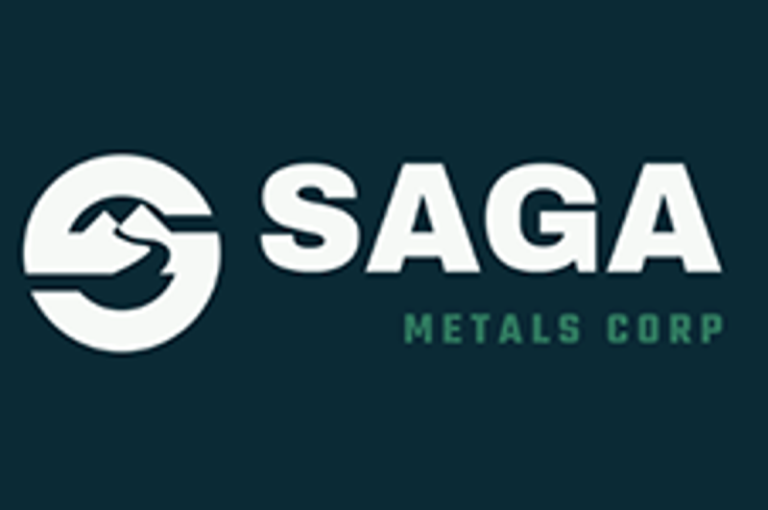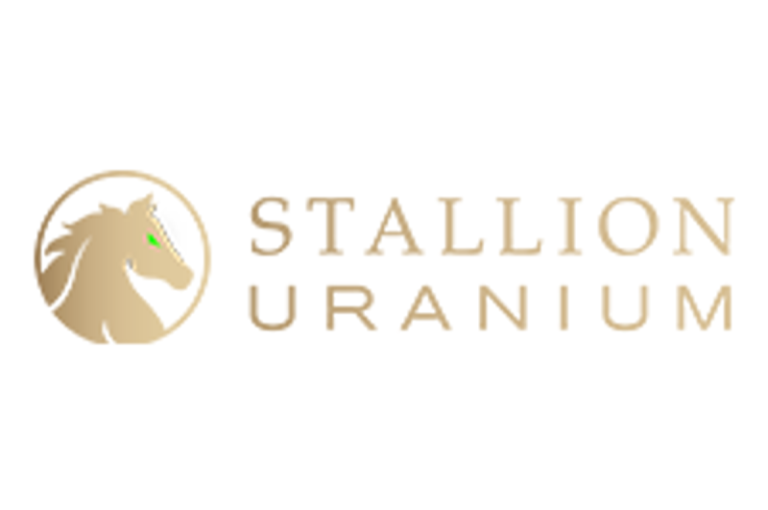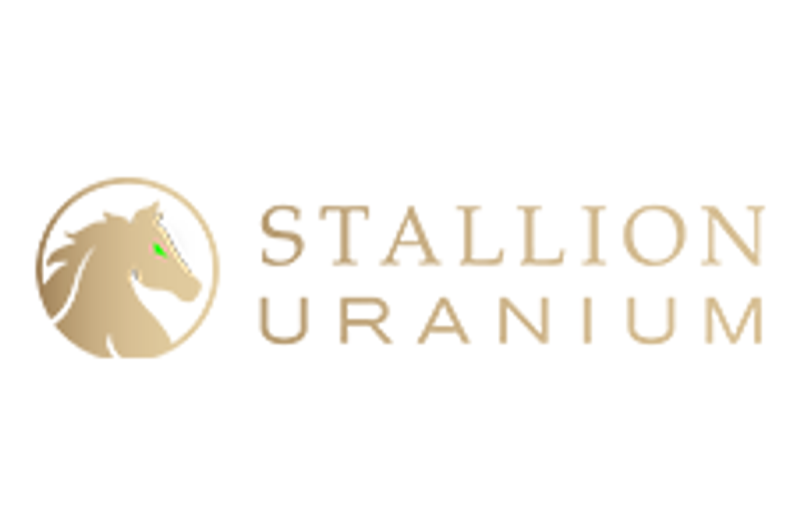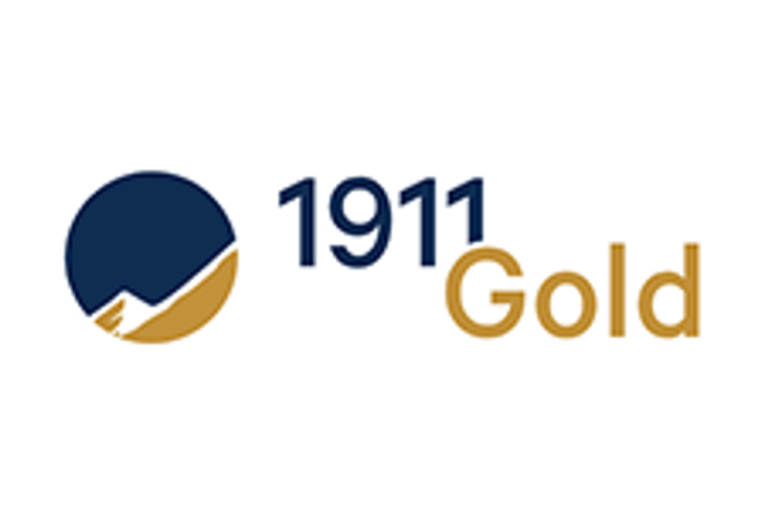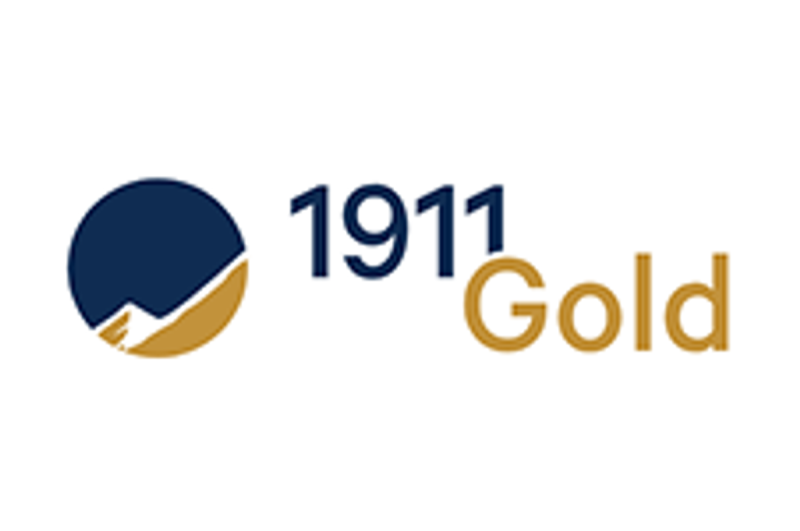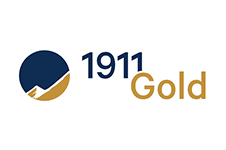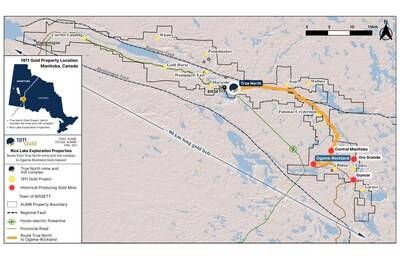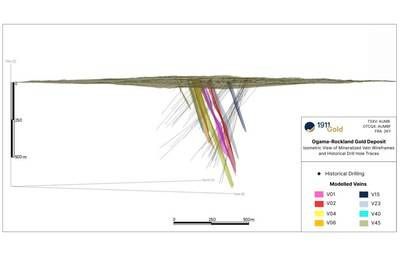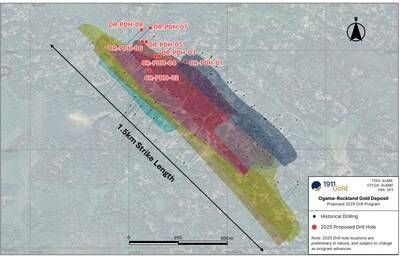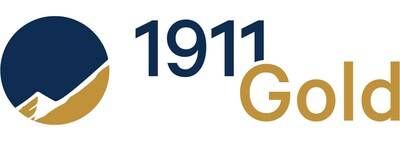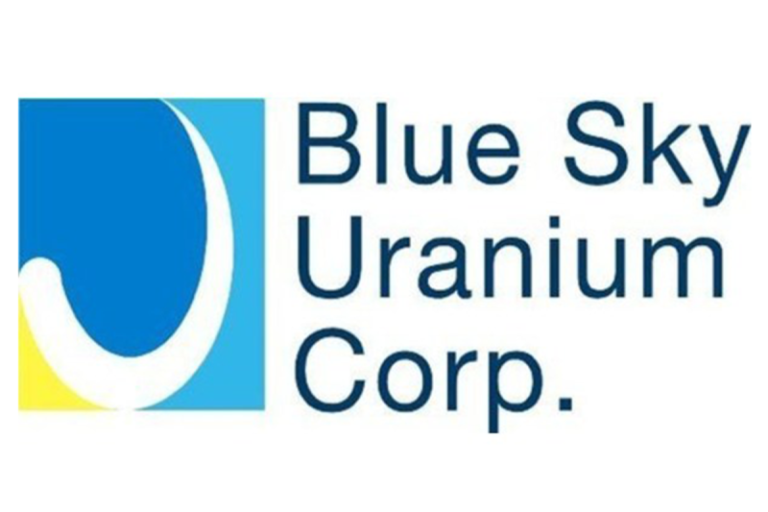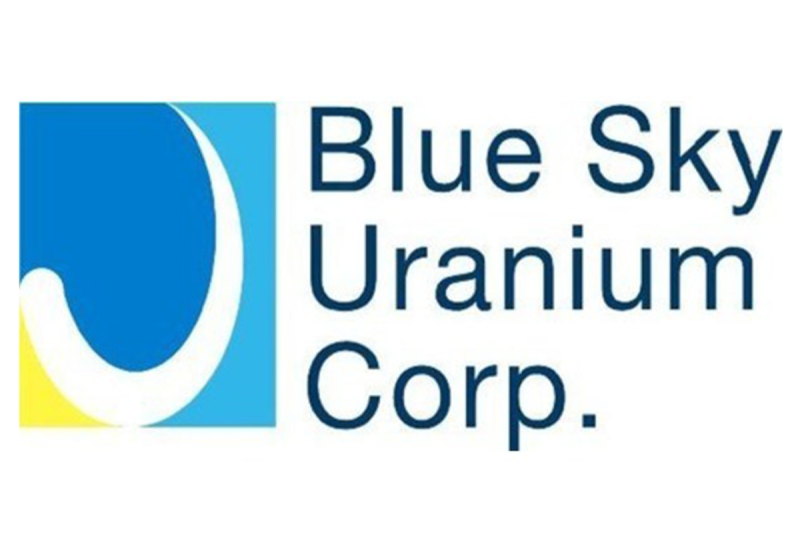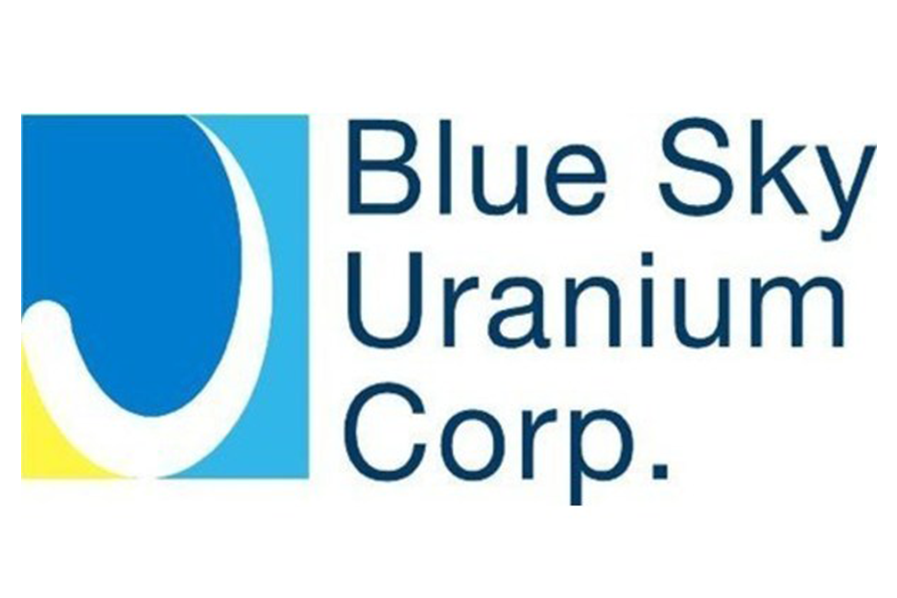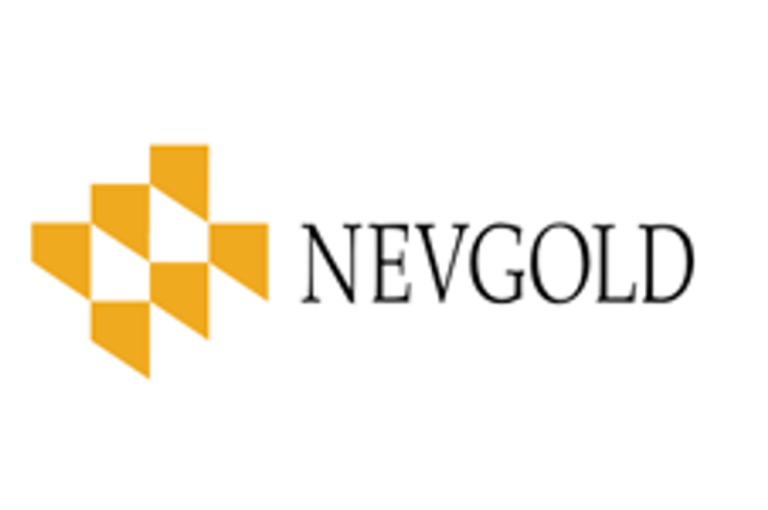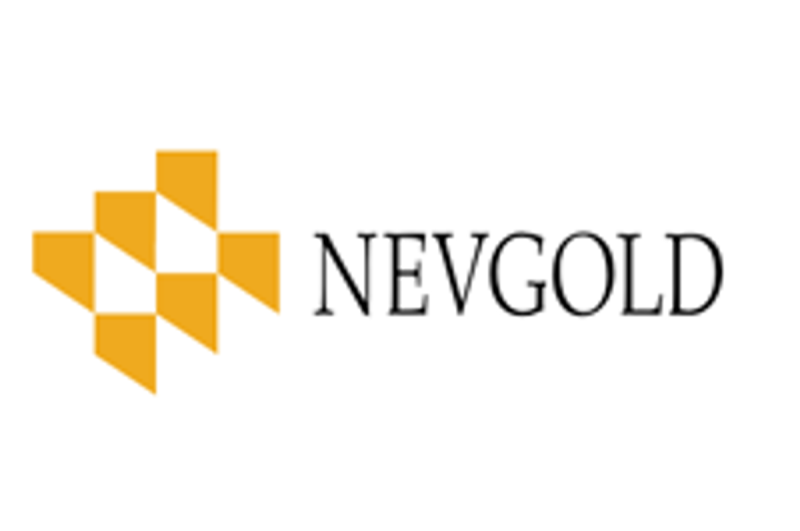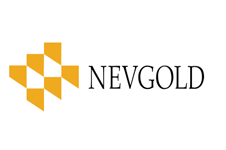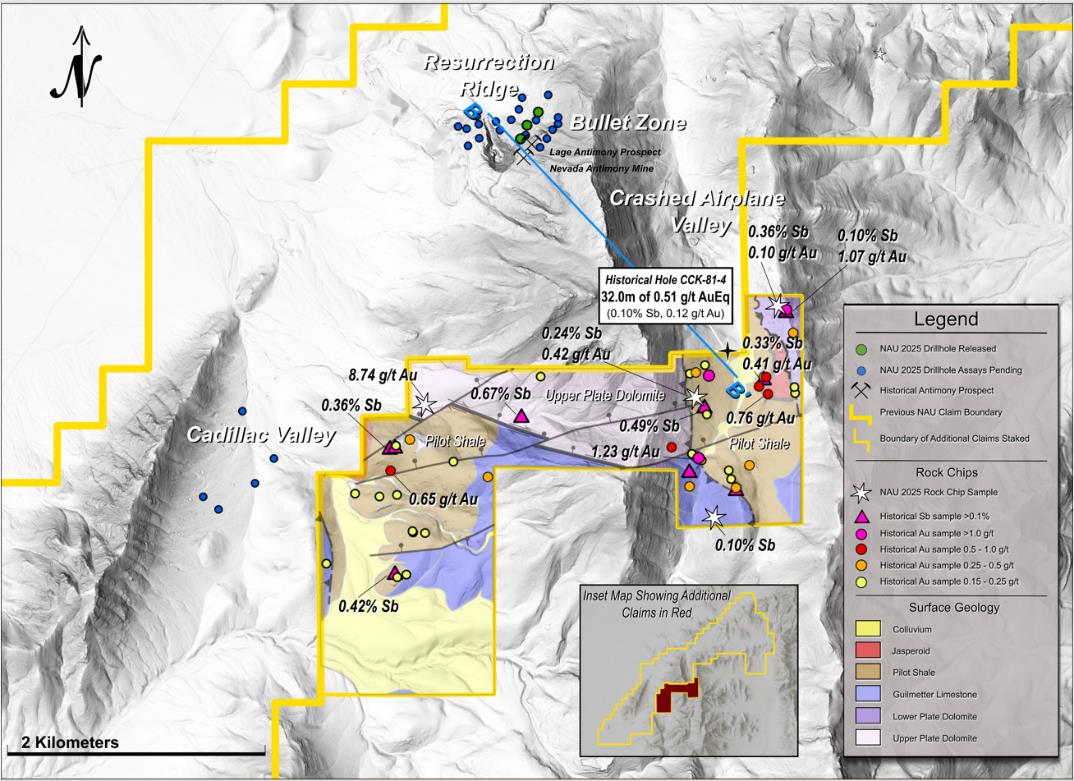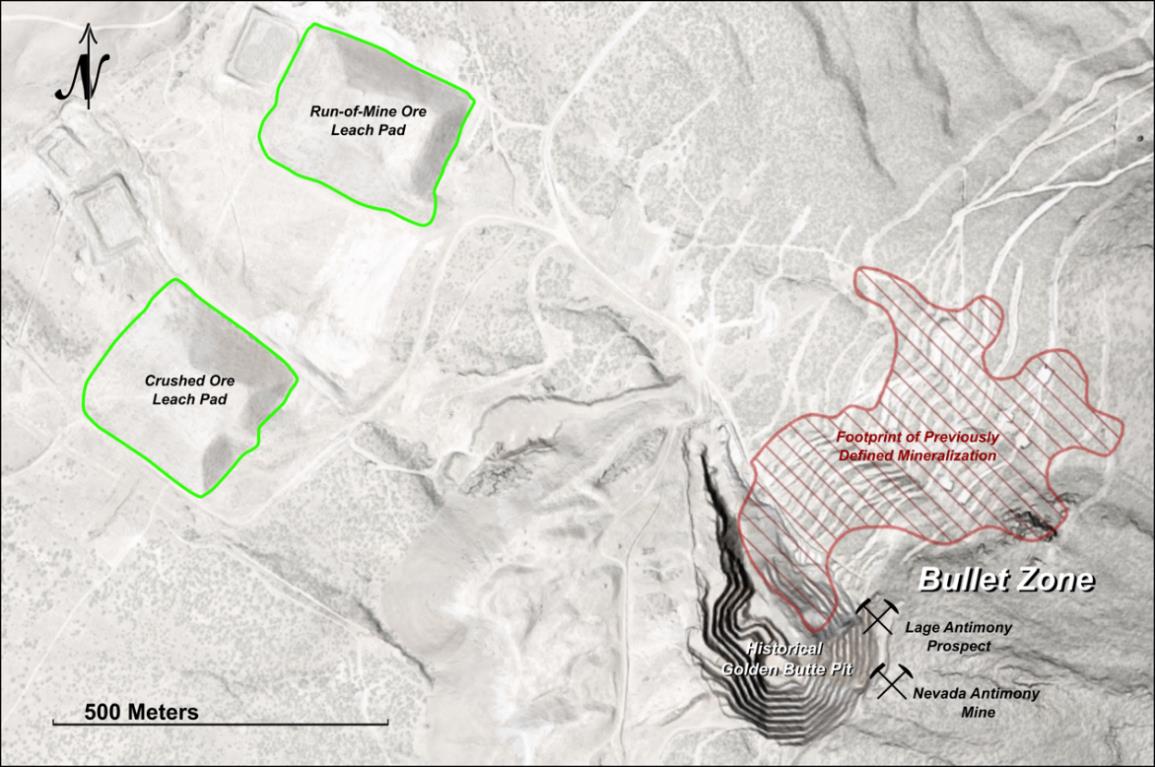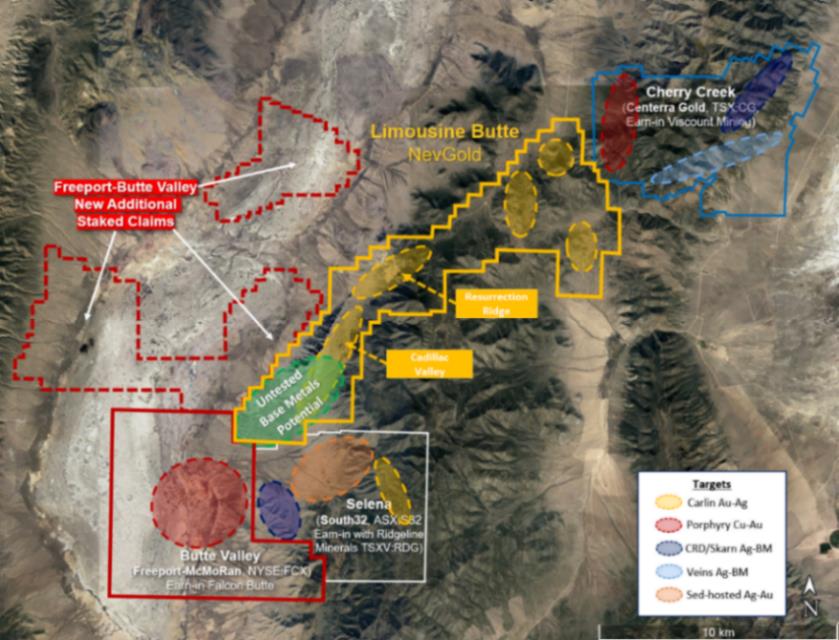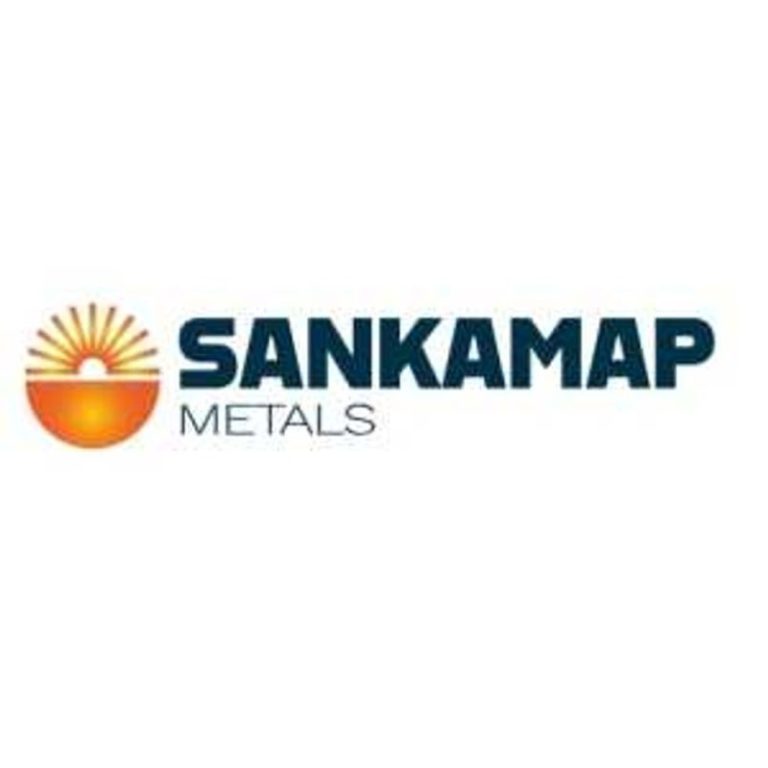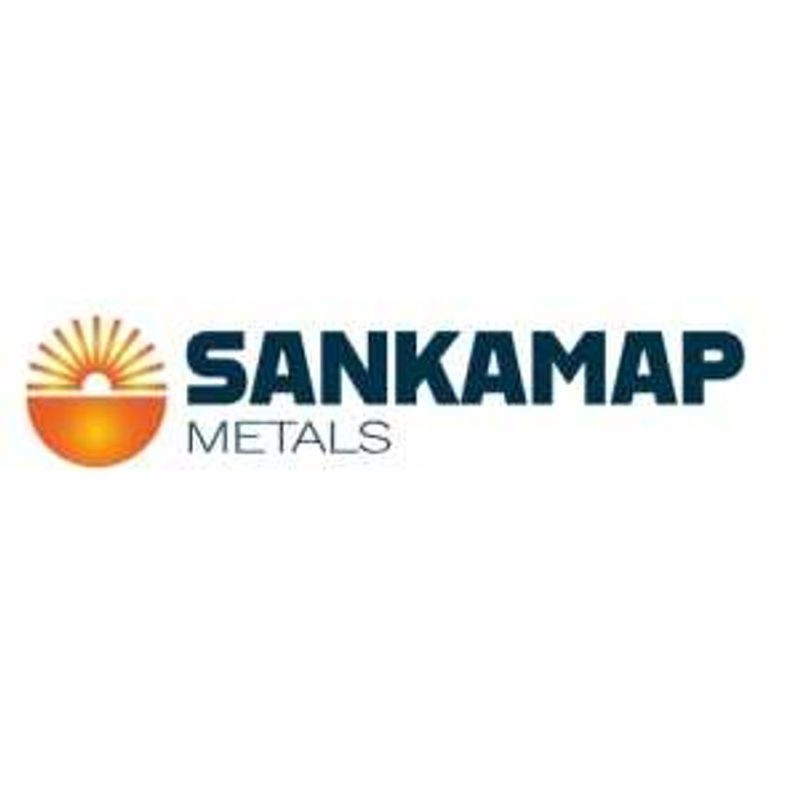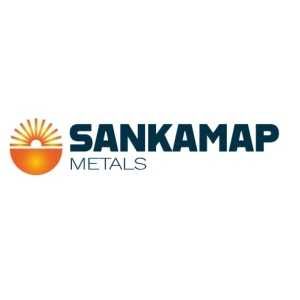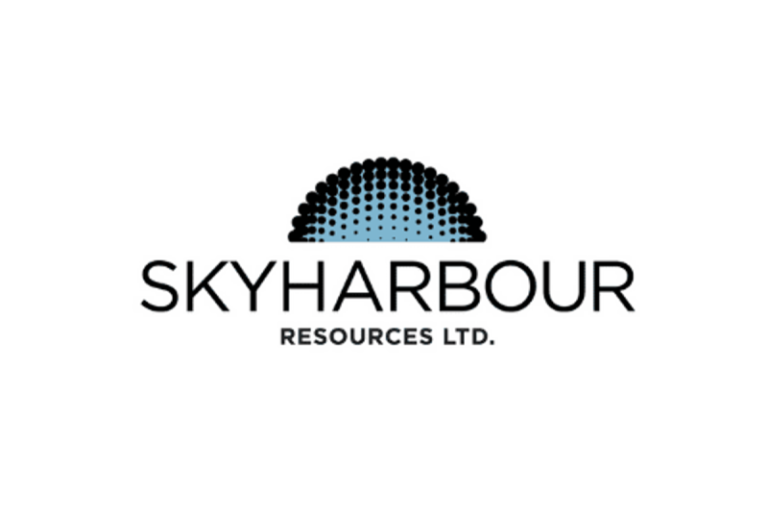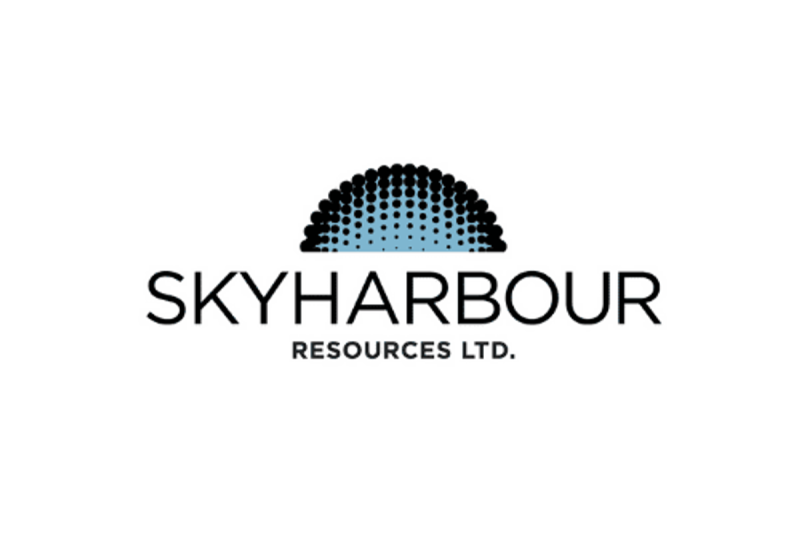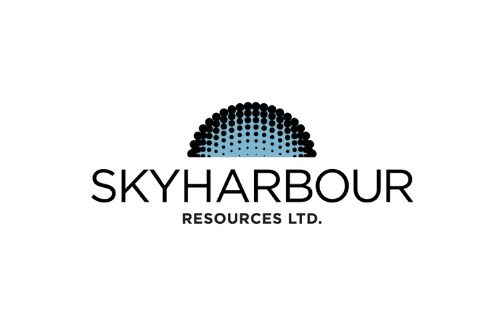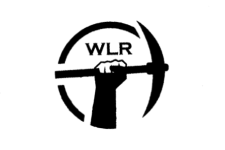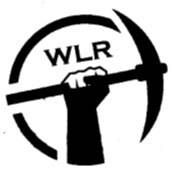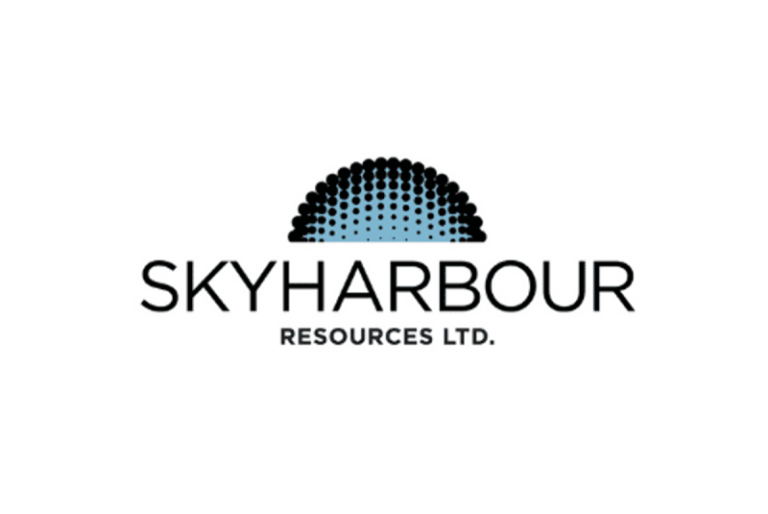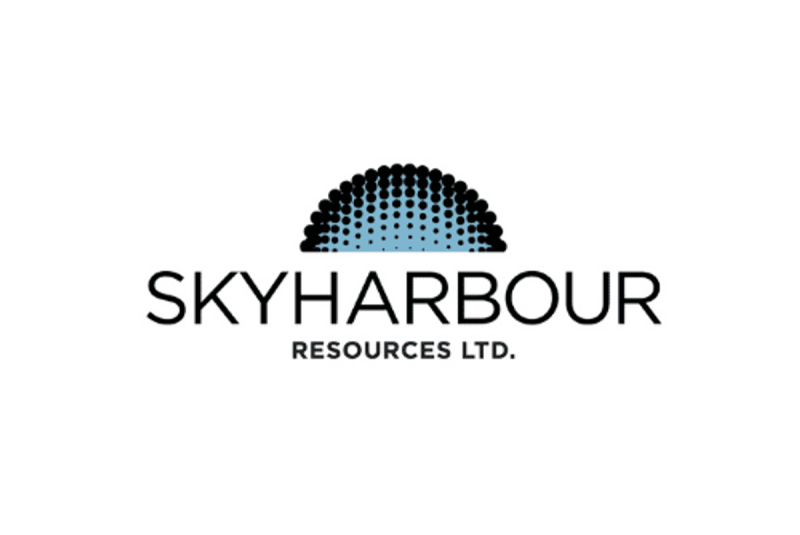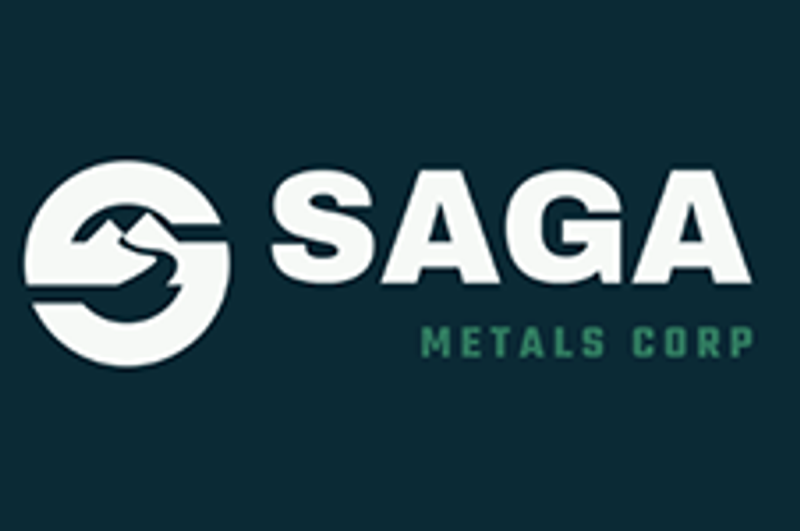
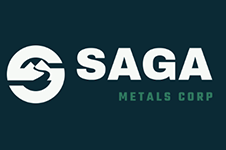
Saga Metals Corp. (‘SAGA’ or the ‘Company’) (TSXV: SAGA,OTC:SAGMF) (OTCQB: SAGMF) (FSE: 20H), a North American exploration company advancing critical mineral discoveries, is pleased to announce the full logging of all eight drill holes completed in the Trapper zone and confirms shipping three additional holes to IGS’s lab for analysis.
Additionally, important new structural data in Trapper South’s R-0014 have been identified, providing valuable insights into the two major magnetic anomalies. This initial phase of drilling for a mineral resource estimate focused on the Trapper North and Trapper South zones, which yielded extensive oxide mineralization and significant structural insights.
Drilling and Sampling Highlights
- Total Trapper Zone drilling: 2,050 meters across the Trapper North and South zones.
- Phases 1 & 2 have confirmed extensive oxide mineralization in all drill locations, validating the 3 km ground magnetic anomaly within the Trapper zone.
- Completion of these initial phases of the 2025-2026 mineral resource estimate drill program has further validated about 16 km of the regional aeromagnetic high trend that extends from the Hawkeye zone to the Trapper North zone.
- 5 of 8 drill holes have been sent for assaying: Samples from drill holes R-0010 (174 samples), R-0011 (158 samples), and R-0013 (141 samples) – totalling 473 samples – have been shipped to IGS in Montreal for analysis.
- Ongoing Sampling: The team is operating on night and day shifts to complete sampling of the remaining holes (R-0012, R-0014, and R-0015) before the December break.
- Projected Total Samples: Upon completion of the final shipment of the remaining three drill holes, a total of 1,313 samples will have been securely shipped for assaying.
- Assay Turnaround: IGS has estimated a 3- to 4-week processing time once samples arrive at the lab. SAGA confirms the first two holes of the maiden resource estimate drill program arrived on December 10, 2025.
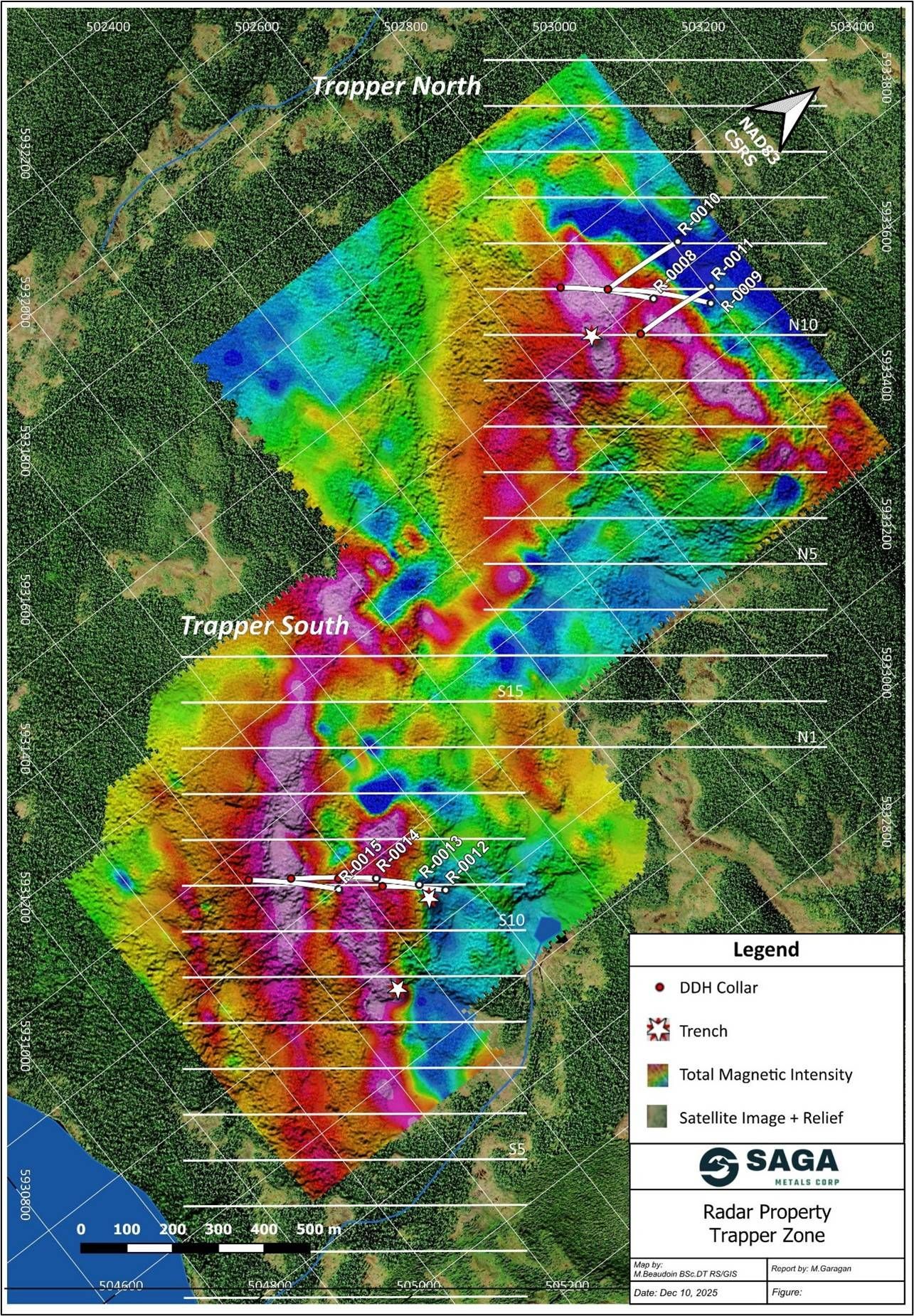
Figure 1: Location of the Phase 1 and Phase 2 of Fall 2025 Drilling at Trapper Zone, showing the TMI of the 2025 Trapper Zone ground magnetic survey.
Geological Findings in Trapper South: Understanding Key Structural Data
The logging and sampling of holes R-0014 and R-0015 have concluded the interception of impressive rhythmic magnetite layering across the second of the two major magnetic anomalies in Trapper South, herein described as the Western Anomaly intersections:
- R-0014: cumulated intersections of 69.54 meters of oxide layering.
- R-0015: cumulated intersections of 146 meters of tightly banded rhythmic oxide layering sequences.
The cross-section of Trapper South has provided vital structural information for the southern half of the property and insights into the regional structural geometry. Analysis suggests that the two anomalies (East and West) were initially connected but have since been separated by a combination of folding and faulting, specifically a left-lateral strike-slip reverse fault.
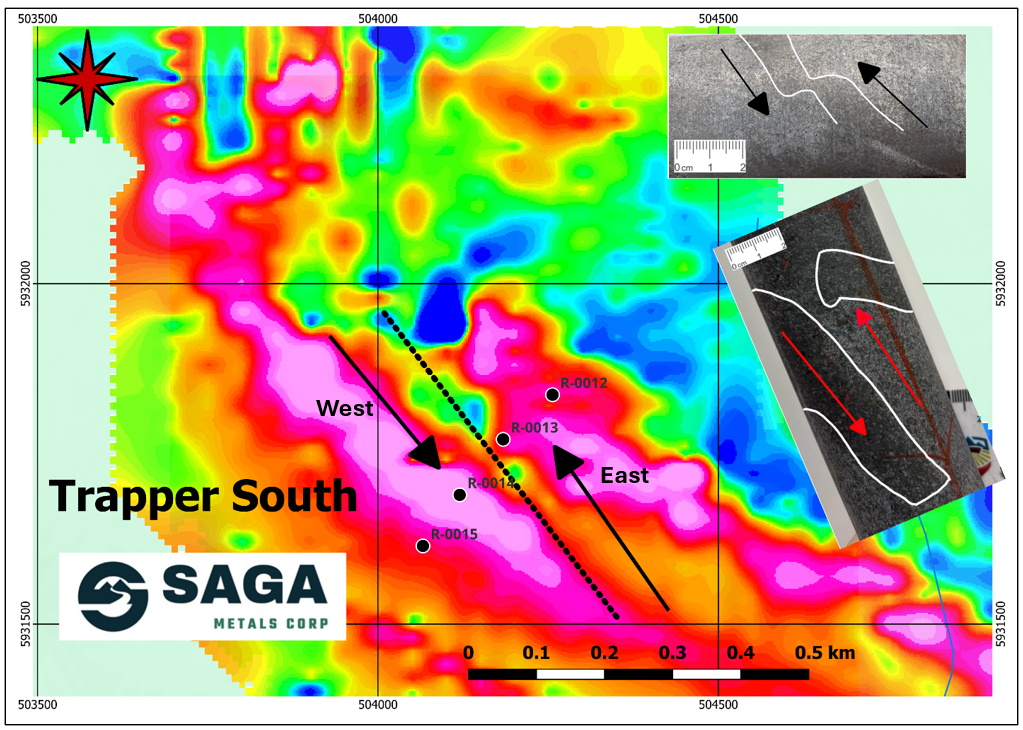
Figure 2: Outlines a left-lateral, strike-slip reverse fault. The hanging wall (East anomaly) is offset primarily relative to the (West) Footwall. The map shows analogs of the geometric pattern observed in the core in both R-0015 and R-0014. Similar offsets were also viewed in both R-0013 and R-0012.
Drilling on Section S11 has defined structural geometry, enabling more efficient future drilling. Hole R-0014 proved particularly informative, confirming the presence of reverse faults. This has enhanced the team’s understanding of the structural geometry of the Trapper South anomaly, the genesis of the Dykes River intrusion, and the historical connectivity between the two limbs.
On the surface in Trapper South, the first-pass cross-section (Section S11) across the width of the anomalies has defined two linear trends and discrete sets of oxide layering sequences:
- Western anomaly: Striking 1.4 km with a width of approximately 150 m.
- Eastern anomaly: Striking 700 m with a width of approximately 150 m.
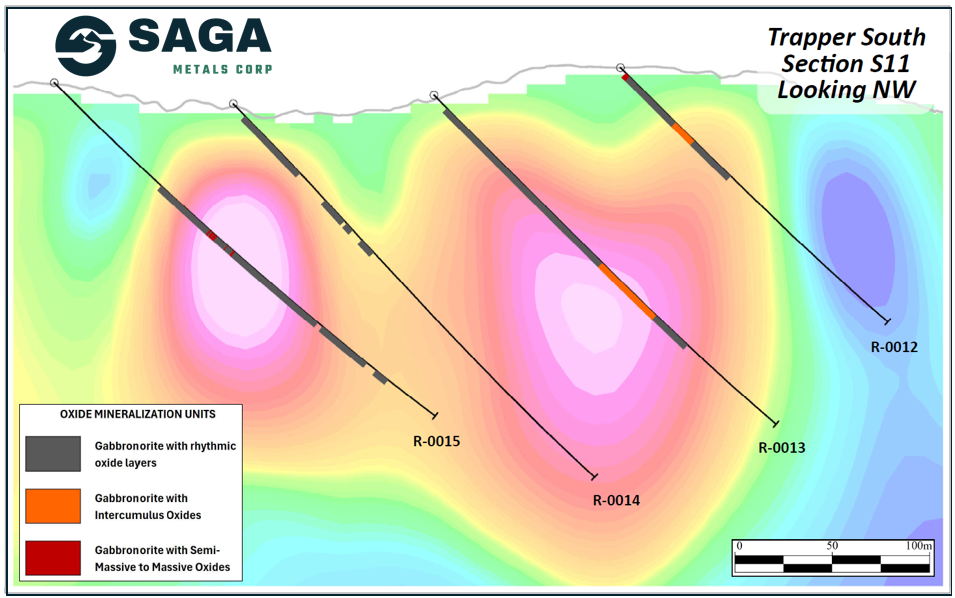
Figure 3: Cross-Section S-11 showing R-0012, -0013, -0014 and -0015 with the 3D Magnetic Inversion of the 2025 Trapper Zone ground magnetic survey. Additional targets lie SW of the collar of R-0015.
Saga Metals Completes Phase 2 of Major Drill Program at the Radar – Status:
- Testing of both the North and South sections of the Trapper zone, with initial drilling of 2,050 meters in 8 holes, has been completed as planned before the December break.
- Confirmation of extensive oxide mineralization at all drill locations validates the entire 3+ km strike length within the Trapper zone.
Pending Technical Work
The team will await assay results to complete a comprehensive interpretation, which will inform initial drilling plans for early Q1 2026. These findings underscore the potential of the Radar Project and position Saga Metals for continued advancement in critical minerals exploration.
Drilling has been complemented by metallurgical sampling through the winter, with core from the Hawkeye zone (results expected in the coming weeks), and further metallurgical sampling and testing will continue with core from the Trapper zone starting in Q1 2026.
‘We are thrilled with the success of our major drill program to date at the Radar Project. This first phase has exceeded expectations, confirming extensive oxide mineralization across significant intercepts. The structural interpretations from Trapper South are particularly exciting, as they reveal that the southern anomalies were once fully connected, offering profound insights into the geological evolution of the area and enhancing our strategy for drilling in the New Year.’ – Michael Garagan, CGO & Director of Saga Metals.
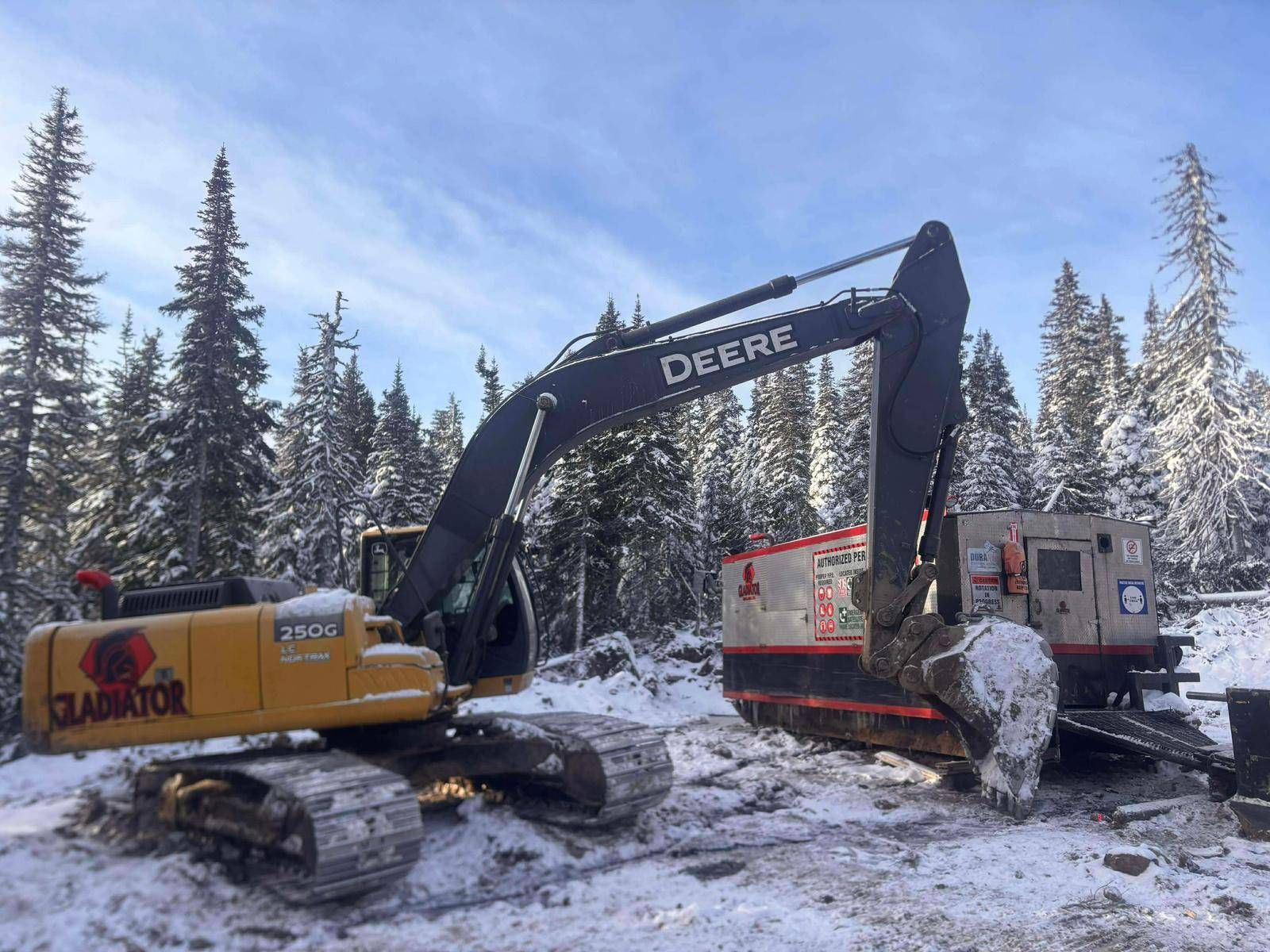
Figure 4: Gladiator Drilling’s excavator and drill shack on site in the Trapper Zone.
Drill Program Objectives:
Phase 1 and 2 in Q4 2025 collected important structural, geometric, and mineralogical data in both the North and South Trapper zones and will inform the design of SAGA’s robust 2026 maiden resource estimate.
The next Trapper Zone drill campaign will target:
- Grade continuity across a 3 km strike length.
- Oxide layering widths and continuity to about 200 meters below the surface.
- Integration of structural interpretations from trenching and drilling with the design of diamond drilling programs.
- Sufficient geological correlations and drilling density to support a mineral resource estimate at the Indicated level of confidence.
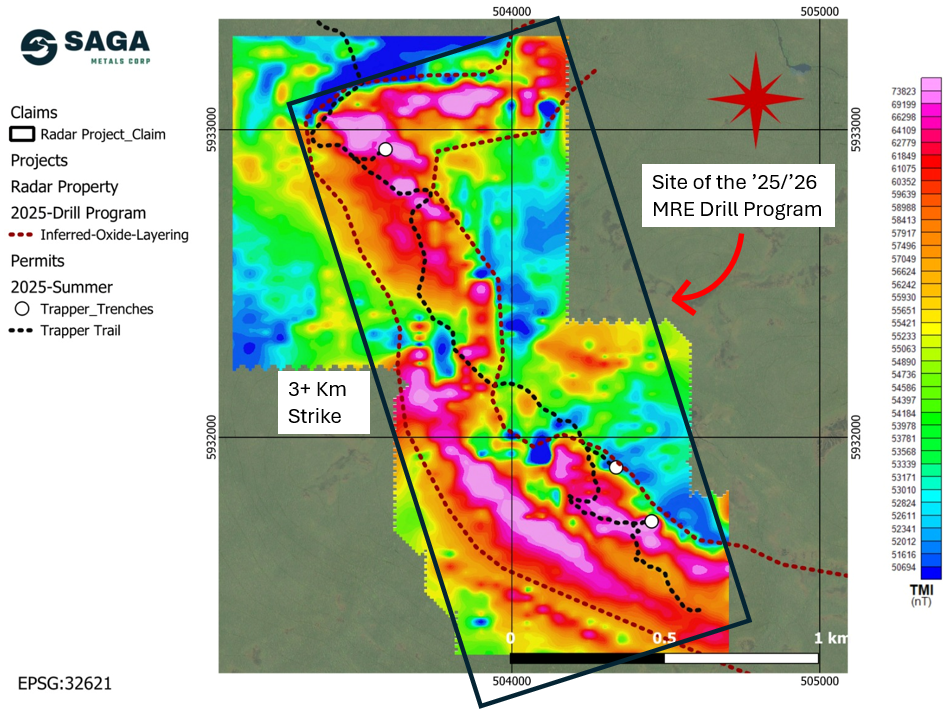
Figure 5: Radar Project’s Trapper Zone depicting a 3+ km Total Magnetic Intensity (TMI) anomaly from the 2025 ground survey and the oxide layering trend. The Trapper Trail (in black) will be the target of the planned 15,000 m diamond drilling program aimed at establishing Saga’s maiden mineral resource estimation.
About Radar Property
The Radar Property spans 24,175 hectares and hosts the entire Dykes River intrusive complex (~160 km²), a unique position among Western explorers. Geological mapping, geophysics, and trenching have already confirmed oxide layering across more than 20 km of strike length, with mineralization open for expansion.
Vanadiferous titanomagnetite (‘VTM’) mineralization at Radar is comparable to global Fe–Ti–V systems such as Panzhihua (China), Bushveld (South Africa), and Tellnes (Norway), positioning the Project as a potential strategic future supplier of titanium, vanadium, and iron to North American markets.
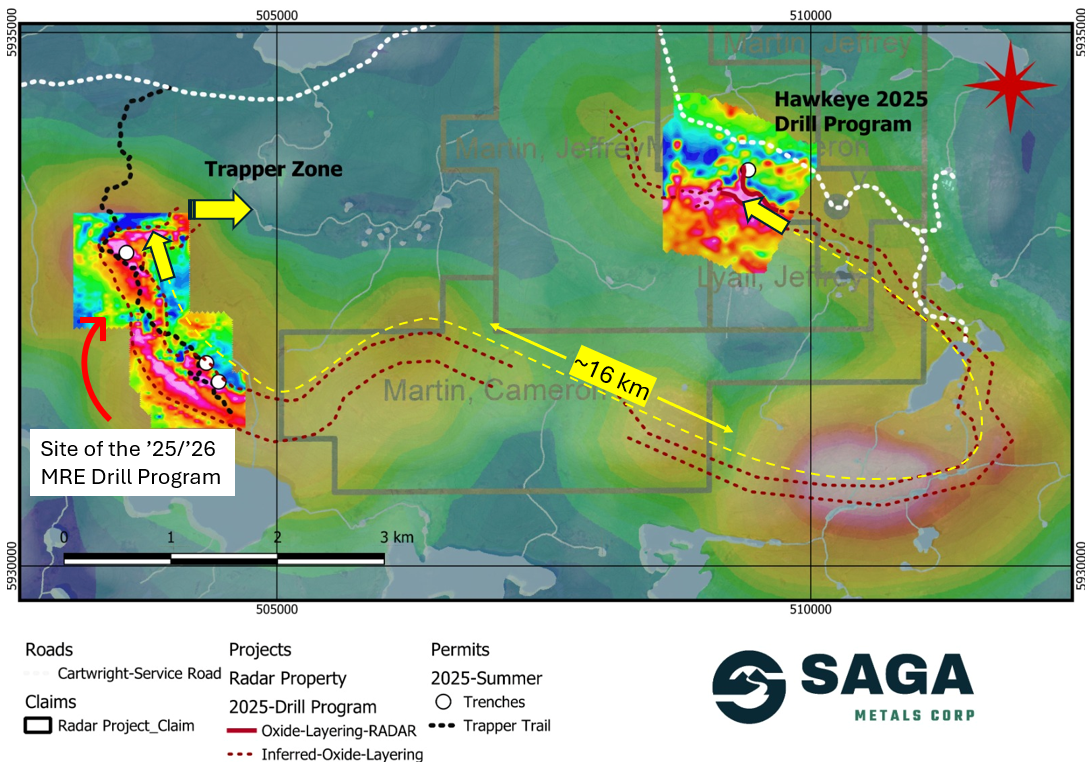
Figure 6: Radar Project’s prospective oxide layering zone validated over ~16 km strike length through Fall 2025 drilling, as shown on a compilation of historical airborne geophysics as well as ground-based geophysics in the Hawkeye and Trapper zones completed by SAGA in the 2024/2025 field programs. SAGA has demonstrated the reliability of the regional airborne magnetic surveys after ground-truthing and drilling in the 2024 and 2025 field programs.
Corporate Update:
Further to the Company’s October 10, 2025, news release, the Company has increased the maximum marketing budget of its engagement with 1123963 B.C. Ltd. d.b.a. Capitaliz by an additional CAD $200,000 pursuant to the existing marketing services agreement. The additional budget will be used for continued corporate marketing and investor awareness services. The services are expected to continue in accordance with the existing agreement until budget exhaustion. No securities have been issued as compensation.
Qualified Person
Paul J. McGuigan, P. Geo., is an Independent Qualified Person as defined under National Instrument 43-101 and has reviewed and approved the technical information disclosed in this news release.
About Saga Metals Corp.
Saga Metals Corp. is a North American mining company focused on the exploration and discovery of a diversified suite of critical minerals that support the North American transition to supply security. The Radar Titanium Project comprises 24,175 hectares and entirely encloses the Dykes River intrusive complex, mapped at 160 km² on the surface near Cartwright, Labrador. Exploration to date, including a 2,200m drill program, has confirmed a large and mineralized layered mafic intrusion hosting vanadiferous titanomagnetite (VTM) with strong grades of titanium and vanadium.
The Double Mer Uranium Project, also in Labrador, covers 25,600 hectares and features uranium radiometrics that highlight an 18km east-west trend, with a confirmed 14km section producing samples as high as 0.428% U3O8. Uranium uranophane was identified in several areas of highest radiometric response (2024 Double Mer Technical Report).
Additionally, SAGA owns the Legacy Lithium Property in Quebec’s Eeyou Istchee James Bay region. This project, developed in partnership with Rio Tinto, has been expanded through the acquisition of the Amirault Lithium Project. Together, these properties cover 65,849 hectares and share significant geological continuity with other major players in the area, including Rio Tinto, Winsome Resources, Azimut Exploration, and Loyal Metals.
With a portfolio spanning key commodities critical to the clean energy future, SAGA is strategically positioned to play an essential role in critical mineral security.
On Behalf of the Board of Directors
Mike Stier, Chief Executive Officer
For more information, contact:
Rob Guzman, Investor Relations
Saga Metals Corp.
Tel: +1 (844) 724-2638
Email: rob@sagametals.com
www.sagametals.com
Neither the TSX Venture Exchange nor its Regulation Service Provider (as that term is defined in the policies of the TSX Venture Exchange) accepts responsibility for the adequacy or accuracy of this release.
Cautionary Disclaimer
This news release contains forward-looking statements within the meaning of applicable securities laws that are not historical facts. Forward-looking statements are often identified by terms such as ‘will’, ‘may’, ‘should’, ‘anticipates’, ‘expects’, ‘believes’, and similar expressions or the negative of these words or other comparable terminology. All statements other than statements of historical fact, included in this release are forward-looking statements that involve risks and uncertainties. In particular, this news release contains forward-looking information pertaining to the Company’s Radar Project and other corporate initiatives, including market awareness contracts. There can be no assurance that such statements will prove to be accurate and actual results and future events could differ materially from those anticipated in such statements. Important factors that could cause actual results to differ materially from the Company’s expectations include, but are not limited to, changes in the state of equity and debt markets, fluctuations in commodity prices, delays in obtaining required regulatory or governmental approvals, environmental risks, limitations on insurance coverage, inherent risks and uncertainties involved in the mineral exploration and development industry, particularly given the early-stage nature of the Company’s assets, and the risks detailed in the Company’s continuous disclosure filings with securities regulations from time to time, available under its SEDAR+ profile at www.sedarplus.ca. The reader is cautioned that assumptions used in the preparation of any forward-looking information may prove to be incorrect. Events or circumstances may cause actual results to differ materially from those predicted, as a result of numerous known and unknown risks, uncertainties, and other factors, many of which are beyond the control of the Company. The reader is cautioned not to place undue reliance on any forward-looking information. Such information, although considered reasonable by management at the time of preparation, may prove to be incorrect and actual results may differ materially from those anticipated. Forward-looking statements contained in this news release are expressly qualified by this cautionary statement. The forward-looking statements contained in this news release are made as of the date of this news release and the Company will update or revise publicly any of the included forward-looking statements only as expressly required by applicable law.
Photos accompanying this announcement are available at:
https://www.globenewswire.com/NewsRoom/AttachmentNg/4fa9fe77-e9c8-4a36-894c-95b874eb6ad4
https://www.globenewswire.com/NewsRoom/AttachmentNg/721869e9-6e9b-4297-835a-bc4f28ea6030
https://www.globenewswire.com/NewsRoom/AttachmentNg/58ff1779-5fe1-422e-a522-0754b9b4979f
https://www.globenewswire.com/NewsRoom/AttachmentNg/6ec594bb-c6ff-4446-9dbc-c1ac335ddfd1
https://www.globenewswire.com/NewsRoom/AttachmentNg/674b7ce9-75e2-4e4e-ab00-cc6f14457d0f
https://www.globenewswire.com/NewsRoom/AttachmentNg/086962bc-d641-4e67-8a98-2d0c028b9685

![]()
News Provided by GlobeNewswire via QuoteMedia

